How the Ebola epidemic started
The ‘largest and most complex’ outbreak since the virus was discovered peaked in 2014–16

As countries across the globe battle the coronavirus pandemic, comparisons have been drawn with the Ebola outbreak that devastated West Africa between 2014 and 2016.
Over a period of just two-and-a-half years, a total of 28,639 suspected, probable and confirmed cases of Ebola and 11,316 related deaths were recorded, according to the US-based Centers for Disease Control and Prevention (CDC).
Those figures far exceed the combined total of 2,427 cases and 1,597 deaths reported in all previous known outbreaks of Ebola.
The Week
Escape your echo chamber. Get the facts behind the news, plus analysis from multiple perspectives.

Sign up for The Week's Free Newsletters
From our morning news briefing to a weekly Good News Newsletter, get the best of The Week delivered directly to your inbox.
From our morning news briefing to a weekly Good News Newsletter, get the best of The Week delivered directly to your inbox.
With the Covid-19 coronavirus now sweeping across Africa and the world’s other continents, The Week takes a look at how this other virus took hold.
What is Ebola?
Ebola is a virus transmitted to people from wild animals that then spreads in the human population “through direct contact with the blood, secretions, organs or other bodily fluids of infected people, and with surfaces and materials (e.g. bedding, clothing) contaminated with these fluids”, says the World Health Organization (WHO) website.
The average case fatality rate is around 50%, although this rate has varied from 25% to 90% in outbreaks prior to that in 2014.
A free daily email with the biggest news stories of the day – and the best features from TheWeek.com
WHO says that the incubation period is between two to 21 days and that a person infected with the virus cannot spread the disease until they develop symptoms.
However, the onset of symptoms can be sudden, and include “fever, fatigue, muscle, pain, headache, and sore throat”, the UN health agency adds.
Subsequent symptoms may include vomiting, diarrhoea, rash, signs of impaired kidney and liver function, and in some cases, internal and external bleeding.
How did the 2014 epidemic begin?
The CDC website says the outbreak began in the forested rural region of southeastern Guinea, on Africa’s west coast.
The first case was reported in December 2013, with the patient identified as an 18-month-old boy from a small village who is believed to have been infected by a fruit bat.
Live Science names the boy as Emile Ouamouno and notes that “the domino effect of his illness... spiralled into the outbreak”. Following the deaths of five further people in the area who contracted the virus, an official medical alert was issued on 24 January 2014.
As the virus continued to spread, Emile, his three-year-old sister, his mother and his grandmother were all dead by the end of the month.
The Ebola outbreak swiftly extended to Guinea’s capital, Conakry. On 23 March, with 49 confirmed cases and 29 deaths in the city, WHO officially declared an outbreak of Ebola.
What happened next?
“Weak surveillance systems and poor public health infrastructure” contributed to the spread of the Ebola to Guinea’s neighbouring nations of Liberia and Sierra Leone, says CDC.
Live Science adds that a study published in August 2014 found that the virus had probably been brought to Sierra Leone by a “traditional healer” who had treated Ebola patients across the border in Guinea. The science news site adds that 14 of the mourners who attended this healer’s funeral were later confirmed to have become infected.
Weeks before the study was published, WHO had declared the situation in West Africa a Public Health Emergency of International Concern (PHEIC), which is designated only for “events with a risk of potential international spread or that require a coordinated international response”, CDC reports.
The new coronavirus was declared a PHEIC by WHO on 30 January this year.
–––––––––––––––––––––––––––––––For a round-up of the most important stories from around the world - and a concise, refreshing and balanced take on the week’s news agenda - try The Week magazine. Start your trial subscription today –––––––––––––––––––––––––––––––
How did the outbreak end?
CDC says that the rapid spread of Ebola through the three west African nations was due to “unprecedented circulation of EVD into crowded urban areas” and “increased mobilisation across borders”.
Just as the popularity of “wet markets” in Asia hindered initial efforts to curb the spread of the Covid-19 coronavirus, cultural and traditional practices also slowed the Ebola containment effort, the US national public health institute adds.
In a bid to prevent further cross-border contamination, travellers leaving West Africa were screened at airports. CDC also trained 24,655 healthcare workers in West Africa on infection prevention and control practices.
Despite such efforts, the Ebola outbreak spread to seven more countries: Italy, Mali, Nigeria, Senegal, Spain, the UK, and the US.
However, this spread was limited to a small number of cases.
Sierra Leone would finally be declared Ebola-free in March 2016, followed by Liberia and Guinea months later, in June.
So is Ebola gone?
Although the last major Ebola outbreak was the West Africa epidemic, the Democratic Republic of Congo (DRC) has reported a series of smaller breakouts since 2016.
In 2017, the DRC reported eight cases, with a 50% mortality rate. The following year it registered a further 54 cases, with 33 fatalities.
The Central African nation declared another outbreak on 1 August 2018 - which according to CDC, is considered to be ongoing.
On 11 June 2019, the Ugandan government confirmed the first case of Ebola in the country related to the DRC outbreak, although no additional cases have been reported in Uganda in the months since then.
-
 A running list of the US government figures Donald Trump has pardoned
A running list of the US government figures Donald Trump has pardonedin depth Clearing the slate for his favorite elected officials
-
 Ski town strikers fight rising cost of living
Ski town strikers fight rising cost of livingThe Explainer Telluride is the latest ski resort experiencing an instructor strike
-
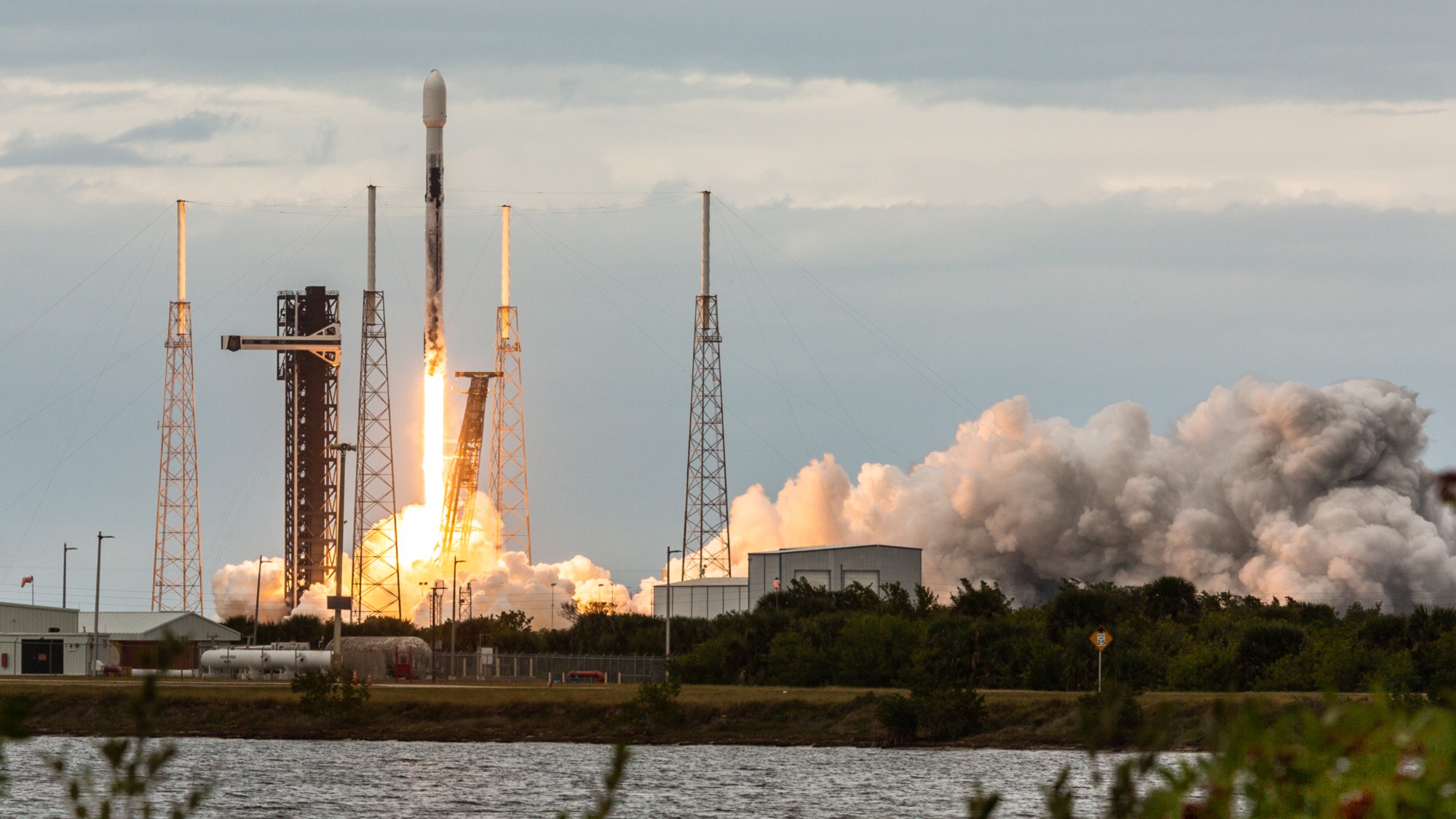 ‘Space is one of the few areas of bipartisan agreement in Washington’
‘Space is one of the few areas of bipartisan agreement in Washington’Instant Opinion Opinion, comment and editorials of the day
-
 Covid-19 mRNA vaccines could help fight cancer
Covid-19 mRNA vaccines could help fight cancerUnder the radar They boost the immune system
-
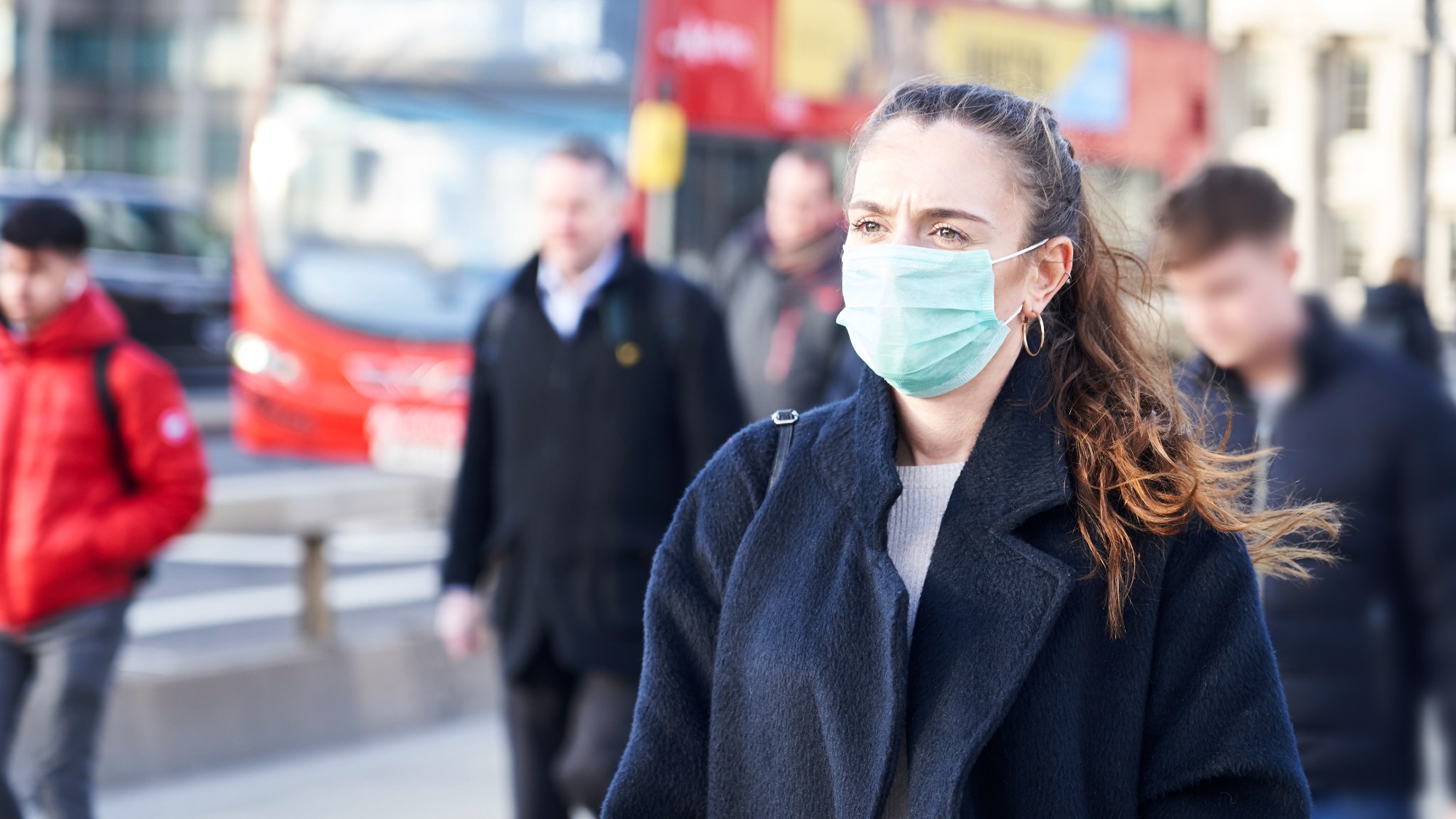 The new Stratus Covid strain – and why it’s on the rise
The new Stratus Covid strain – and why it’s on the riseThe Explainer ‘No evidence’ new variant is more dangerous or that vaccines won’t work against it, say UK health experts
-
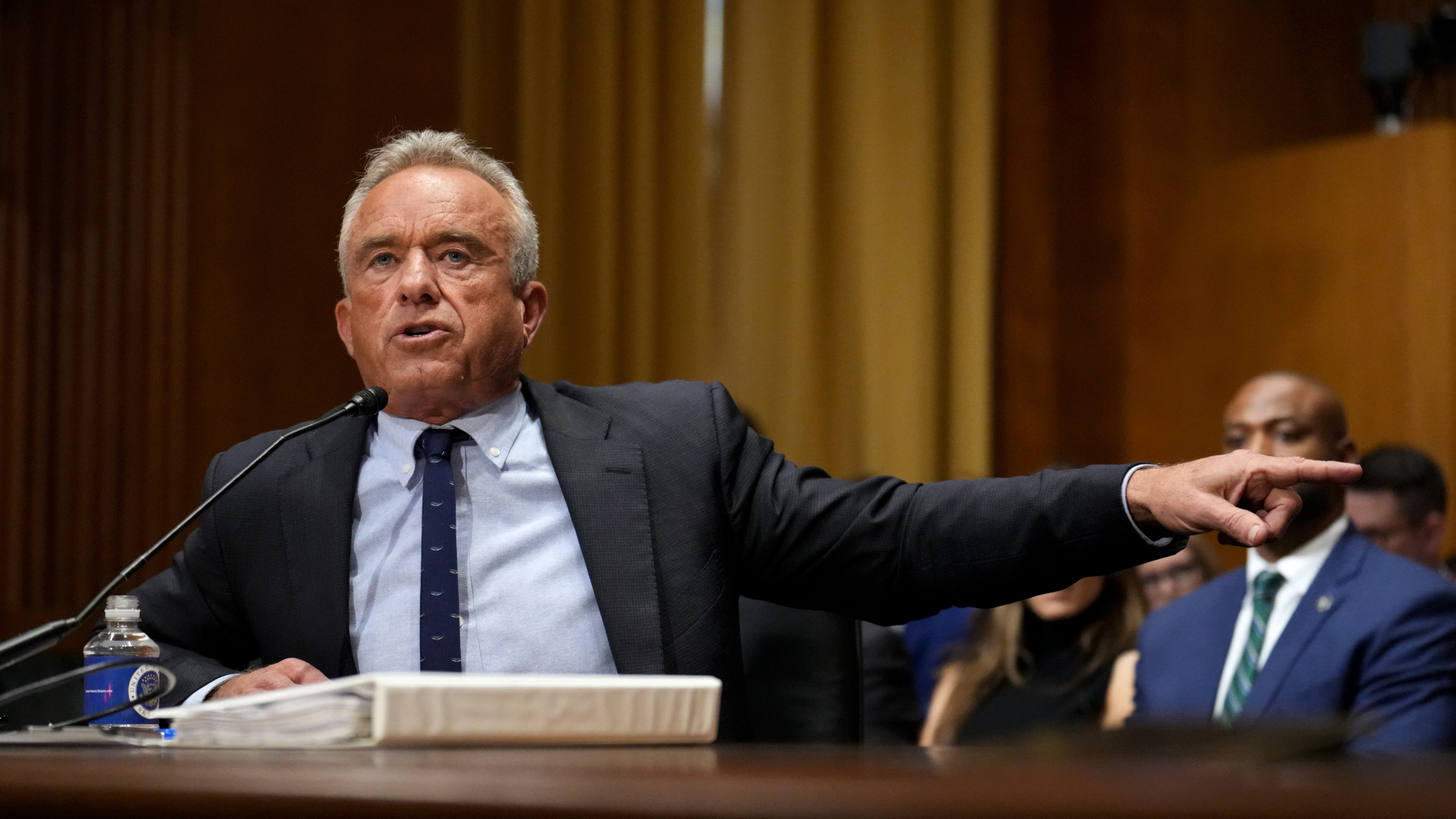 RFK Jr. vaccine panel advises restricting MMRV shot
RFK Jr. vaccine panel advises restricting MMRV shotSpeed Read The committee voted to restrict access to a childhood vaccine against chickenpox
-
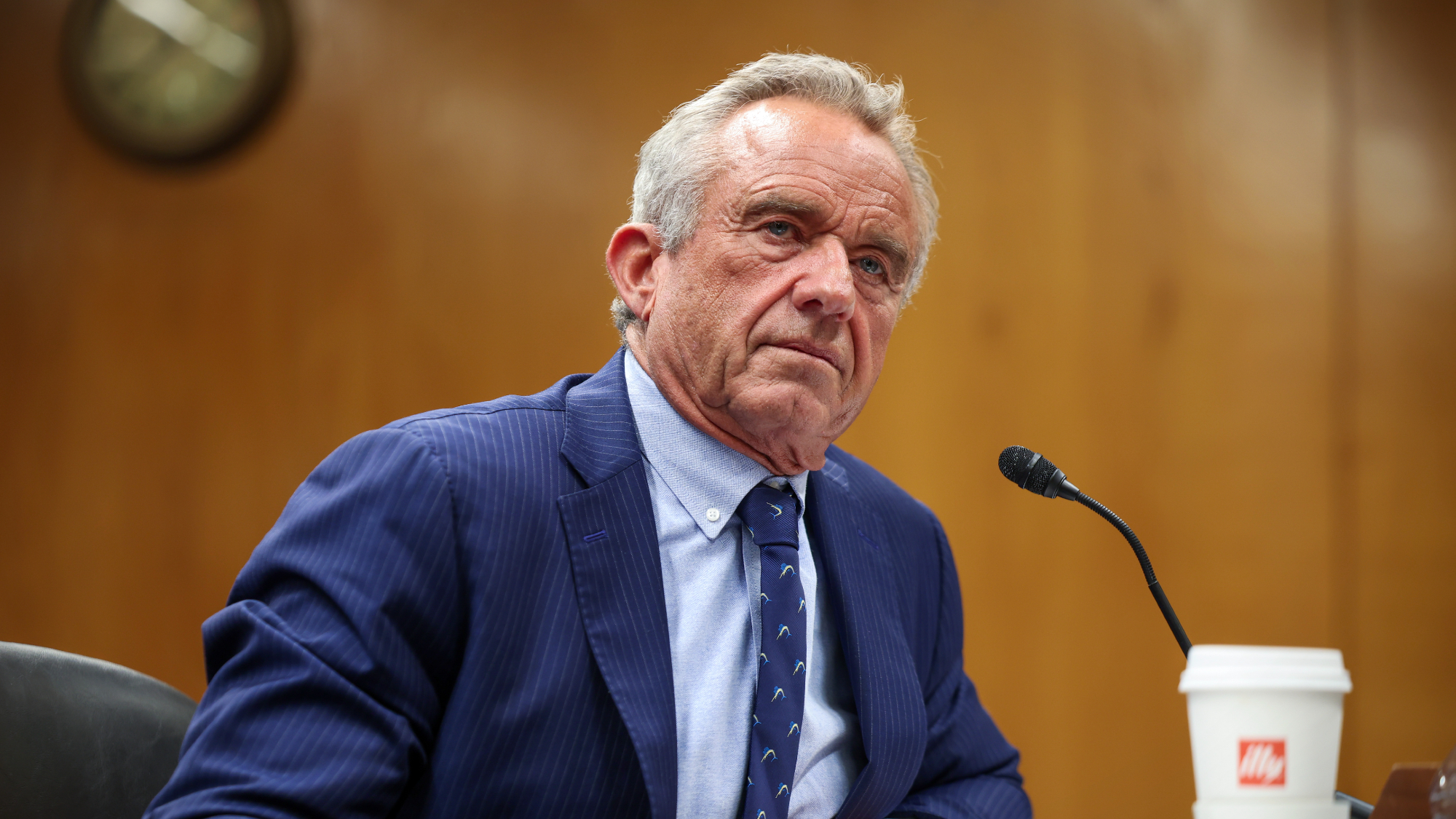 RFK Jr. scraps Covid shots for pregnant women, kids
RFK Jr. scraps Covid shots for pregnant women, kidsSpeed Read The Health Secretary announced a policy change without informing CDC officials
-
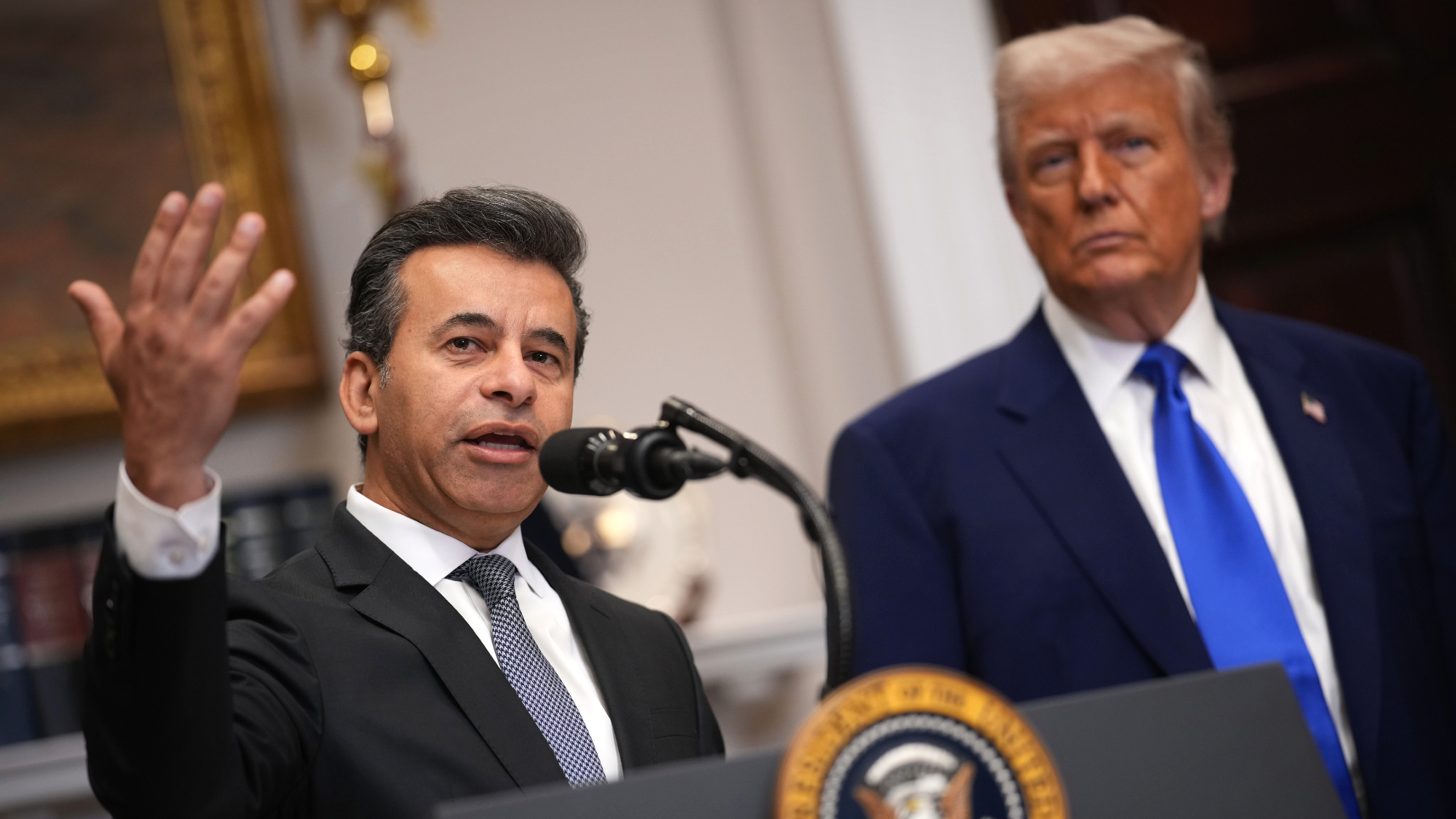 New FDA chiefs limit Covid-19 shots to elderly, sick
New FDA chiefs limit Covid-19 shots to elderly, sickspeed read The FDA set stricter approval standards for booster shots
-
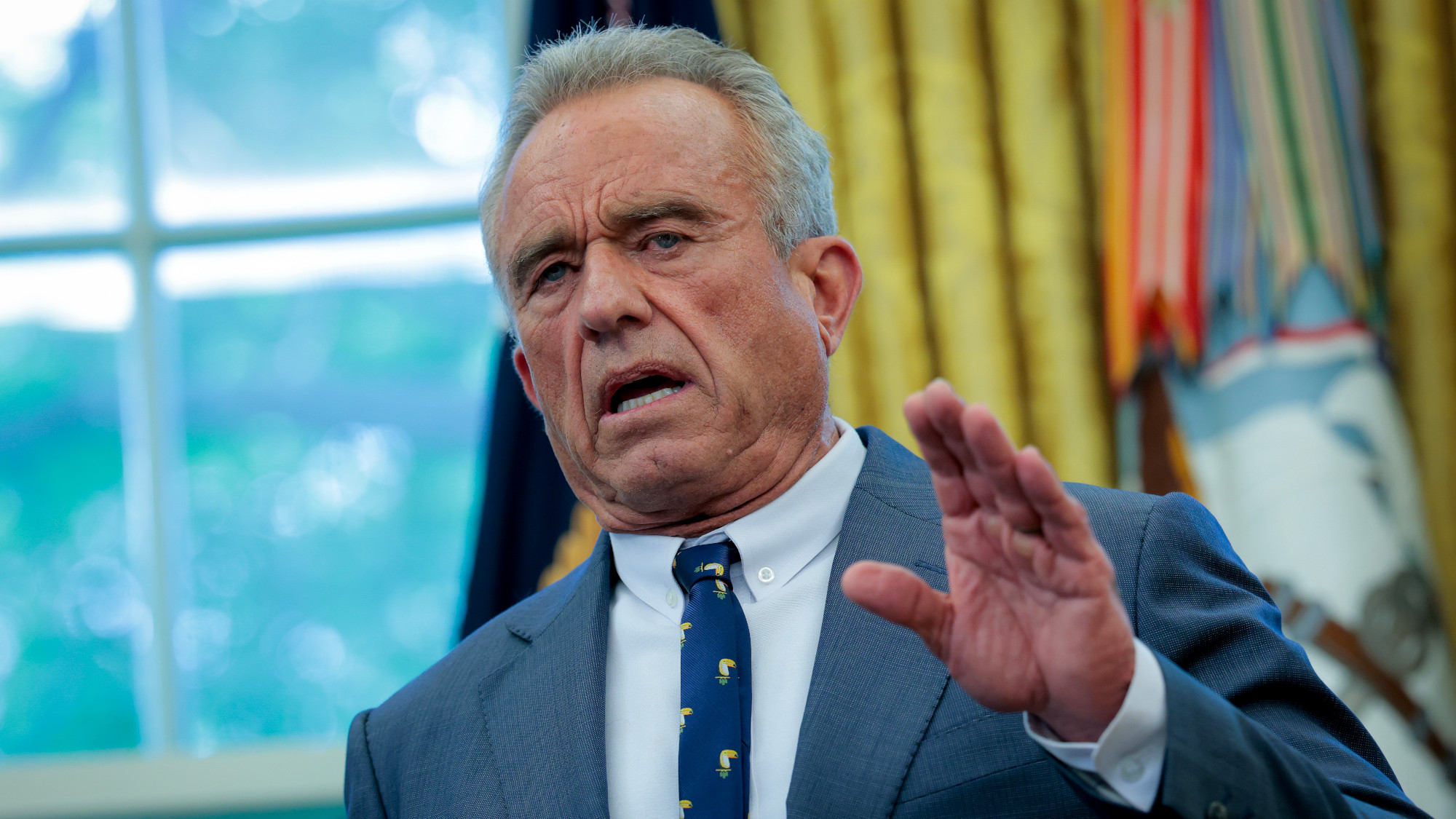 RFK Jr.: A new plan for sabotaging vaccines
RFK Jr.: A new plan for sabotaging vaccinesFeature The Health Secretary announced changes to vaccine testing and asks Americans to 'do your own research'
-
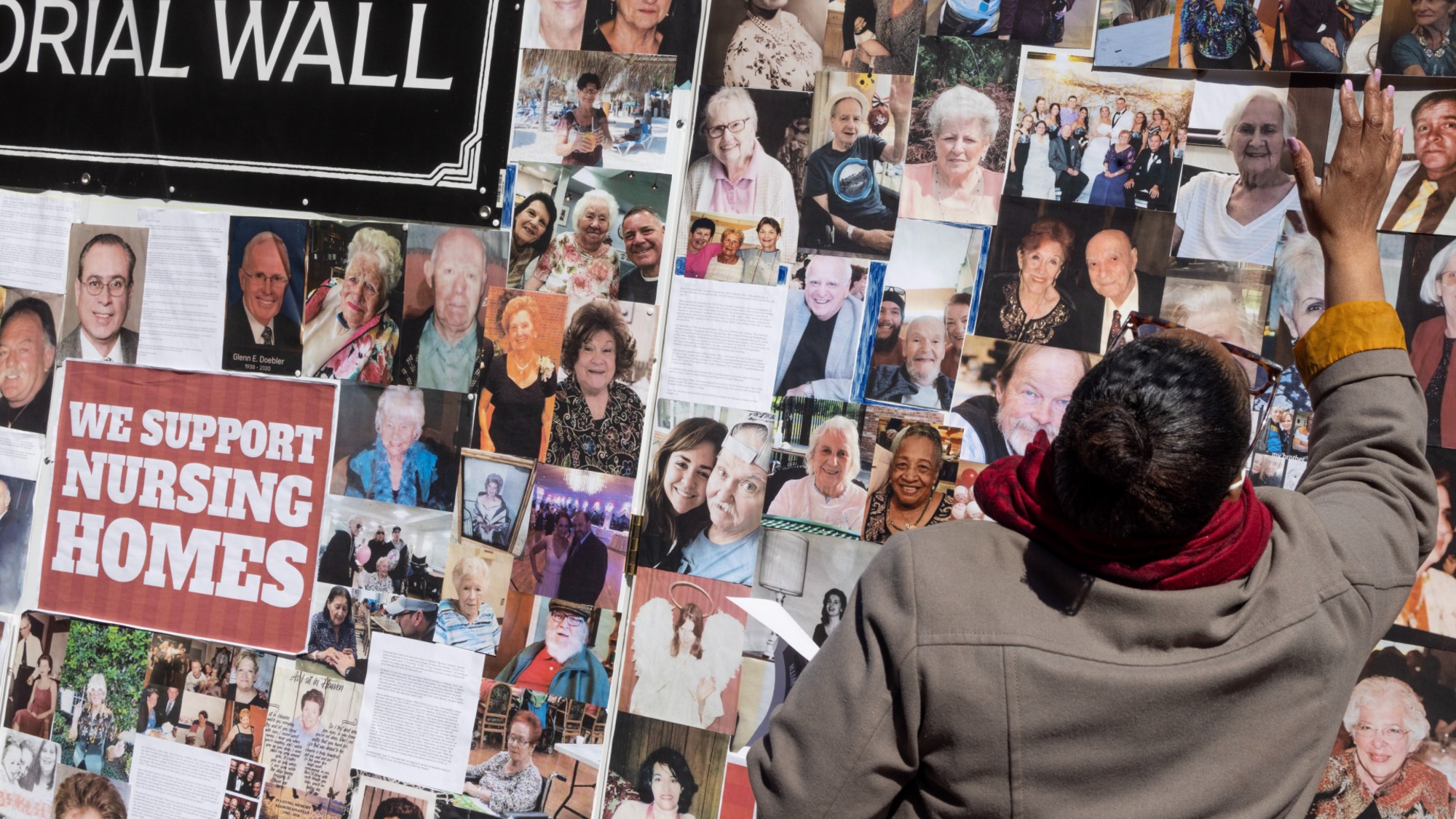 Five years on: How Covid changed everything
Five years on: How Covid changed everythingFeature We seem to have collectively forgotten Covid’s horrors, but they have completely reshaped politics
-
 HMPV is spreading in China but there's no need to worry
HMPV is spreading in China but there's no need to worryThe Explainer Respiratory illness is common in winter